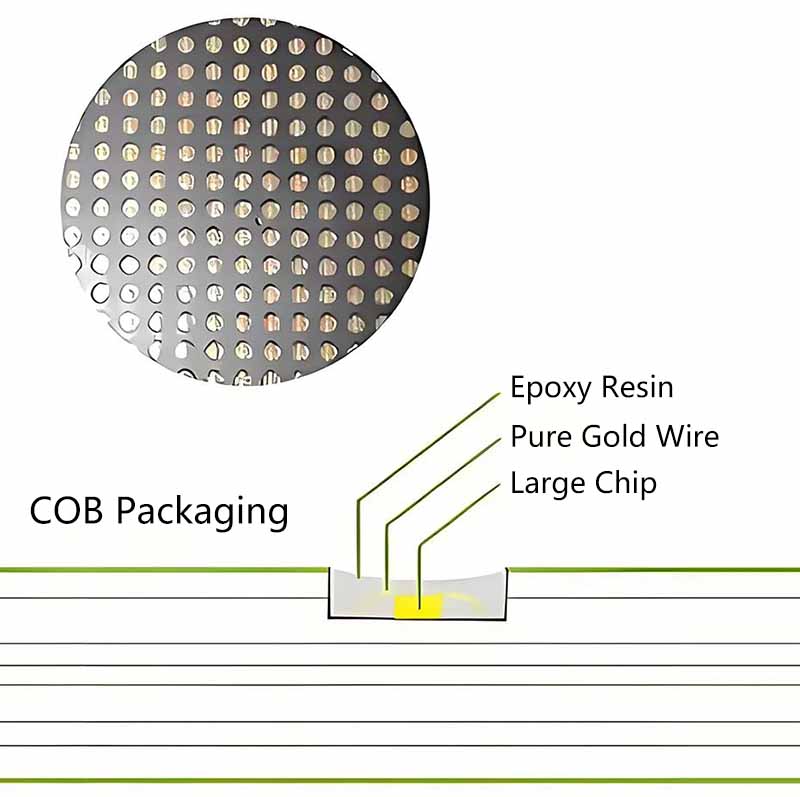what are you looking for?
 A 3-Minute Guide to Gold and Copper Wire Bonding in LED Displays
A 3-Minute Guide to Gold and Copper Wire Bonding in LED Displays

 Tel : +86 18688410533
Tel : +86 18688410533 Email : info@cnlcdisplay.com
Email : info@cnlcdisplay.com STAY CONNECTED Get our news, offers, and more...
STAY CONNECTED Get our news, offers, and more...









